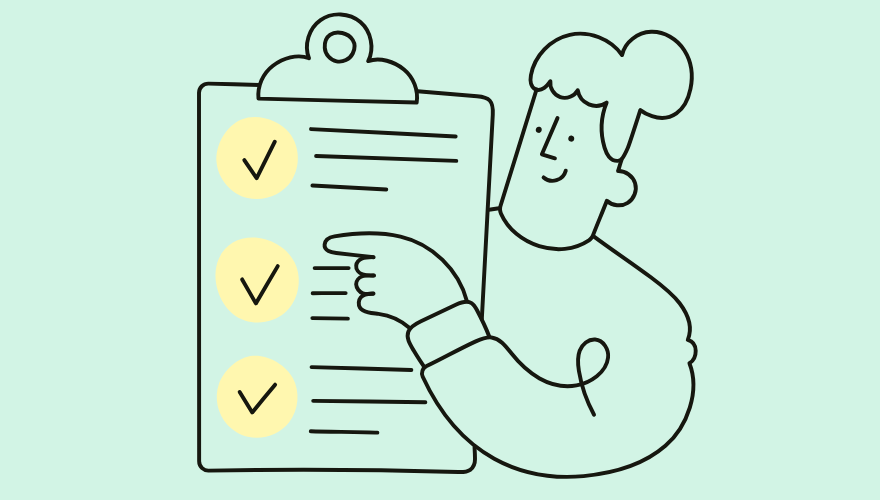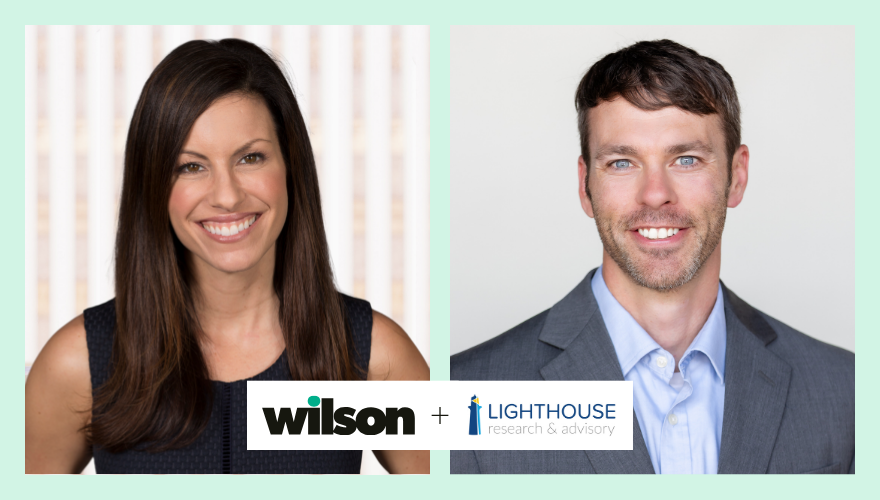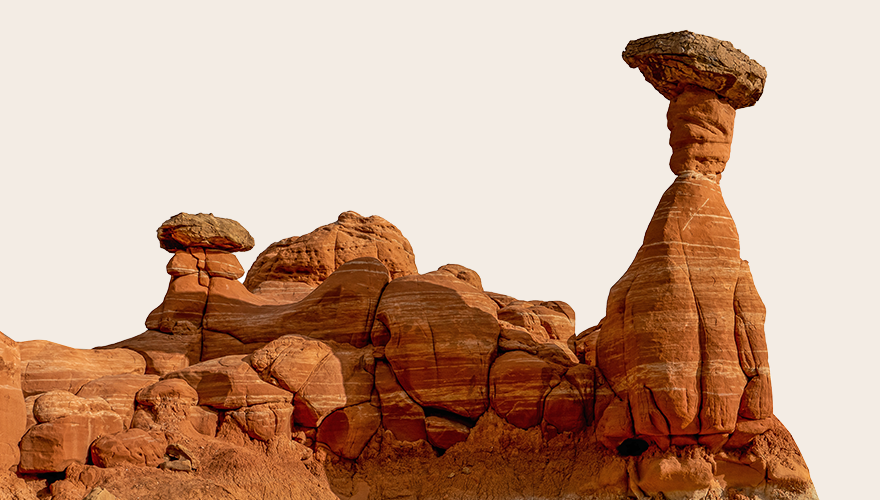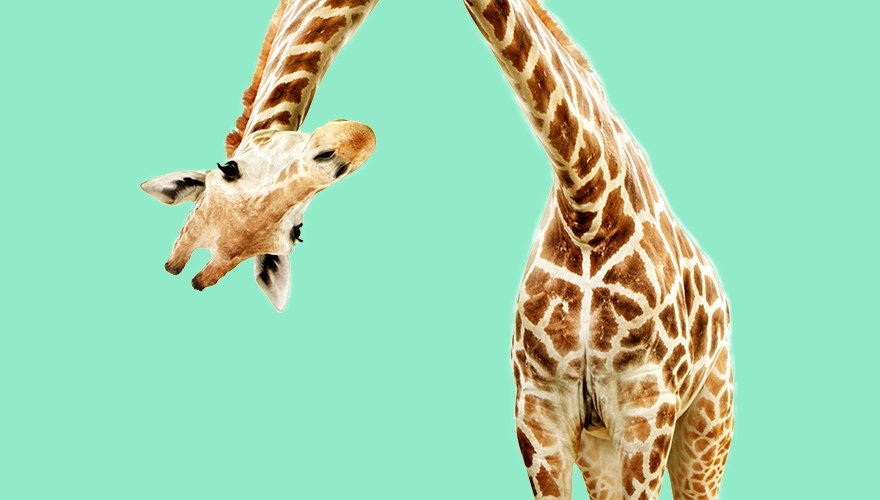Blog
A foreword to our workforce sustainability content series

Introduction – where we are
The past five years have brought seismic shifts to the world of talent. Now, we’re at a critical inflection point—an opportunity to completely rethink work. Forward-thinking companies recognize this shift and are actively seeking ways to embed stability into their talent strategies to drive growth.
Workforce sustainability is at the heart of this shift. Gone are the days when companies could treat talent as a transactional commodity—hiring in boom times and cutting when convenient. Success today demands a forward-looking approach: one that fosters adaptability, continuous skills development, and a fluid workforce model. It’s about transforming talent from a resource into a core driver of innovation, resilience, and competitive advantage.
A fresh take for the future
Just as a river gains strength from the smooth merging of tributaries, the structures and systems that underpin the workforce must stay in sync, flexing and adapting as needed to maintain momentum and resilience.”
For Wilson, workforce sustainability means creating an agile, integrated ecosystem where talent strategy and business goals are fully aligned. This requires challenging outdated work models and leadership philosophies to unlock the full capability of your workforce. How can you rethink traditional structures? How can you empower both individuals and teams to thrive? These are the questions every leader should be asking to build a future-ready workforce.
At the core is the workforce sustainability model—a dynamic framework where interconnected elements work together to support a thriving workforce. Just as a river gains strength from the smooth merging of tributaries, the structures and systems that underpin the workforce must stay in sync, flexing and adapting as needed to maintain momentum and resilience. Every aspect of workforce sustainability—from skills development and employee engagement to automation, AI, and work conditions—must align to build a productive, agile organization ready to navigate constant change. Depending on your company’s growth stage and unique challenges, different elements may need greater focus at different times.
Our workforce sustainability content series
We created this series to explore practical strategies for navigating this transformation. What does it mean to adopt a skills-based approach? How can you foster a culture of lifelong learning? What does it take to create hybrid and flexible work models that balance employee expectations and business needs? Through real-world examples and thought leader perspectives, we offer ideas to help you think beyond traditional work structures and take a fresh approach to talent.
What’s clear is that workforce sustainability isn’t a static goal—it’s an evolving process. Companies that think of workforce planning as an adaptive ecosystem will do more than weather uncertainty—they’ll be ready to seize new opportunities and position themselves for long-term success.
This series aims to inspire and guide you in building a workforce that’s resilient, adaptable, and ready to take on the future.
Read our workforce sustainability report
Check out our new report to help you build a workforce that's resilient, adaptable, and ready to take on the future.












